Nigeria
Talk about film, music, painting or perhaps fashion but a discussion on African arts cannot be complete without an element of paintings and sculpture. These elements of arts have been used over centuries as an important communication tool in different instances. For a number of people, these art elements are used to express situations one feels unable to convey verbally. Through its visual medium it evokes feelings of joy, sadness, anger and pain. That is why art appreciation is so important.
Engage a Nigerian in a conversation about arts in Africa and definitely, you would hear names like Burna boy, fela kuti, tiwa savage or may be divide as the country’s biggest exports in terms of arts. A Ghanaian would not do without Sarkodie or Shattawale. This is an indication, music or movies aspects of the arts is what has captured the attention of the masses anjd most appreciated but what happened to the likes of Peju Alatise, Nnenna Okore, Bright Ackwerh and Adjo Kisser who have made a mark in contemporary arts. It appears not much is said about them.
At a contemporary art fair in Lagos Nigeria ArtX which saw patrons from the fashion, cinema, oil and banking industries artisits Lea Perier Loko and Julie Banâtre lamented on the lack of popularitz for African art. "The art market in Nigeria remains rather unknown and I think that when we arrived we did not realize its importance. However, here, when a collector has a crush, he is not afraid to spend,"
On their stand, is the huge blue canvases of Kenyan artist Kaloki Nyamai that was the fastest to be sold. These paintings, "which tell the story that is not taught or written in books", measure two meters by two meters and were sold for up to 20,000 dollars (or 17,300 euros).
"In Paris, we have a much harder time selling this type of format. This really illustrates the difference in scale between the two cities.
Nigeria, which is tagged the West African oil giant has one of the highest numbers of billionaires in the world among its 210 million inhabitants. Wealthy Nigerian bankers and industrialists are now the main buyers of contemporary art regardless of its popularity.
For a long time, the Nigerian art world operated in a vacuum, and collectors were known to acquire mostly paintings by Nigerian artists, figurative paintings, often very colorful.
"This may have been true at one time, but it has changed a lot," says Delphine Lopez, who represents the Cécile Fakhoury gallery, based in Abidjan, Dakar and Paris and which is participating in the exhibition for the third time.
Africa's most populous country is better known internationally for the violence of criminal groups and jihadists, such as Boko Haram, who operate in the north, than for the creativity and dynamism that characterize Lagos, hundreds of kilometers away. Yet its cultural industry shines on the continent and in the West.
But clichés die hard. When we announced that we were coming to participate in ArtX in Lagos, several people said to us: "Really? But isn't it too dangerous? And there is an art market there?", say the managers of the Parisian gallery Septieme.
However, "coming to Lagos was a winning bet," say the gallery owners who hope, in the future, to forge more links with the Nigerian market.



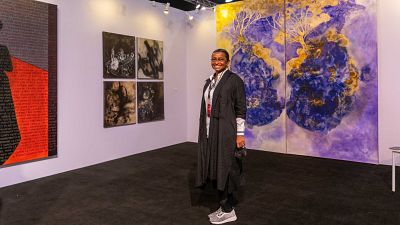

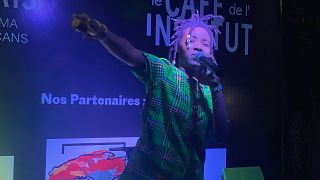
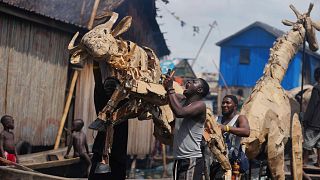
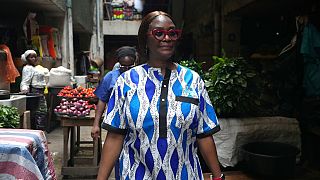



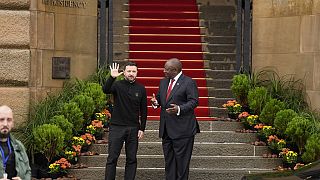
02:19
Exhibition honours Spanish artist Mariano Bertuchi’s vision of Morocco
Go to video
Artist Kehinde Wiley puts power in a new frame with paintings of African leaders
05:03
Rare painting by British street artist Banksy goes on auction in London
01:00
From propaganda to street art, Warsaw's walls come alive
02:20
Seeing Through Art: Jean de Dieu’s Triumph Over Blindness
02:20
Exhibition Celebrates Tangiers' Artistic Legacy